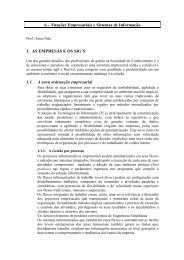You also want an ePaper? Increase the reach of your titles
YUMPU automatically turns print PDFs into web optimized ePapers that Google loves.
NAT is used to map a range of private addresses (say, 192.168.1.X) to and from a<br />
(usually) smaller set of public address, thereby reducing the demand for<br />
routable, public IP space. In this process, the IP header is actually modified on<br />
the fly by the NAT device to change the source and/or destination IP address.<br />
When the appropriate source or header IP address is changed, it forces a<br />
recalculation of the header checksum. This has to be done anyway, because the<br />
NAT device typically serves as one "hop" in the path from source to destination,<br />
and this requires the decrement of the TTL (Time To Live) field.<br />
Because the TTL and header checksum fields are always modified in flight, AH<br />
knows to excludes them from coverage, but this does not apply to the IP<br />
addresses. These are included in the Integrity Check Value, and any modification<br />
will cause the check to fail when verified by the recipient. Because the ICV<br />
incorporates a secret key which is unknown by intermediate parties, the NAT<br />
router is not able to recompute the ICV.<br />
This same difficulty also applies to PAT (Port Address Translation), which maps<br />
multiple private IP addresses into a single external IP address. Not only are the<br />
IP addresses modified on the fly, but the UDP and TCP port numbers (and<br />
sometimese even to payload). This requires much more intelligence on the part<br />
of the NAT device, and more extensive modifications to the whole IP datagram.<br />
For this reason, AH — whether in Tunnel or Transport mode — is entirely<br />
incompatible with NAT, and it may only be employed when the source and<br />
destination networks are reachable without translation.<br />
We'll note that this particular difficulty doesn't apply to ESP, as its



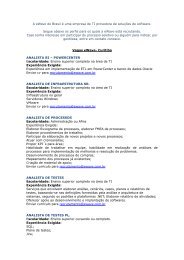
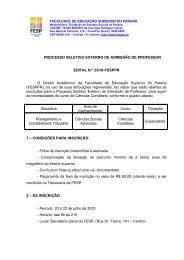
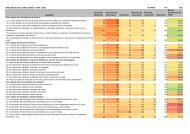

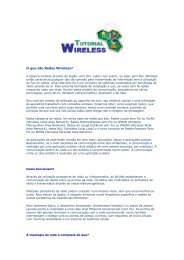
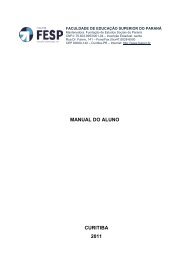
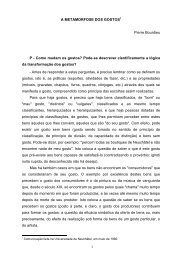
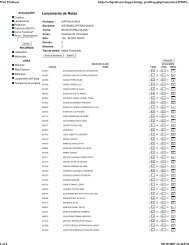


![Plano de Contabilidade Social 2013[1].pdf - FESP](https://img.yumpu.com/40657716/1/184x260/plano-de-contabilidade-social-20131pdf-fesp.jpg?quality=85)

